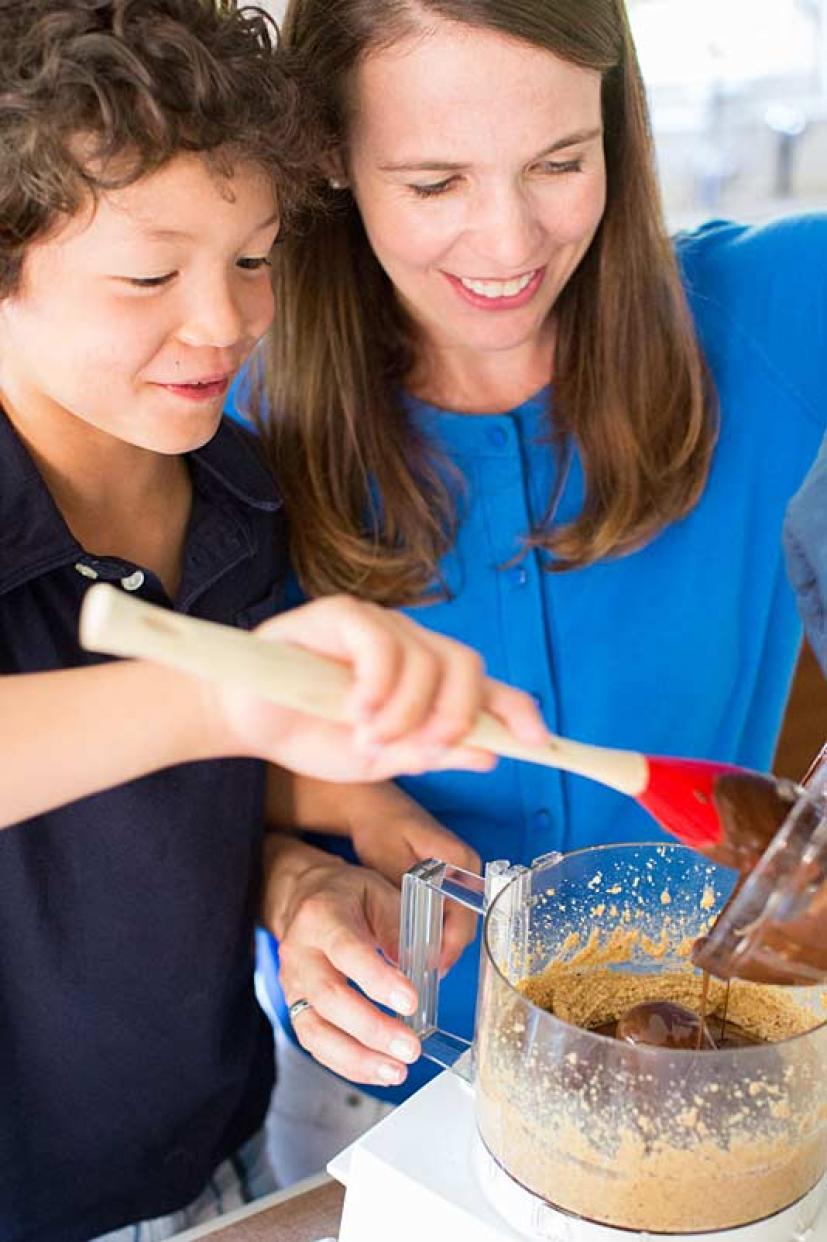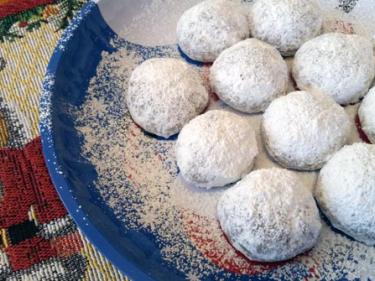Don’t Say the H Word!

 Marin Mommies presents a guest article by Jennifer Tyler Lee, author of The 52 New Foods Challenge.
Marin Mommies presents a guest article by Jennifer Tyler Lee, author of The 52 New Foods Challenge.
No matter how many battles there are over broccoli, if you want your kids to eat wholesome food, and build a lifetime of good eating habits, don’t dare say it’s “healthy.”
The sad truth is this: healthy sells to adults but not to kids. As parents, our spending on what we perceive to be healthy food for our families has skyrocketed—to the tune of nearly $80B a year. We’re reading labels, and demanding to know what is in our food. But our intense focus on healthy isn’t helping our kids.
It turns out that to get our little ones to eat what’s good for them, we need to take a page from the junk food marketing playbook. We need to stop talking about “healthy.” Take the focus off the food, and make it fun.
A new study published in the Journal of Consumer Research confirms what junk food marketers have known for a long time. Telling kids a food is healthy will make them eat less of it. Researchers found that when you tell kids a food makes them strong, a perceived health benefit, they’ll conclude the food is not as tasty and consume less of it. You’d be better off if you said nothing at all.
In my experience raising two young children, and working with thousands of others across the country, this simple idea hits the nail on the head, and it cuts across all domains. Math is fun if it’s a puzzle. Reading is engaging if it’s about de-coding or solving the riddle at the end. Food is fun if it’s a game.
And this runs deeper than semantics.
Beyond what we call food—wholesome or delicious— it’s how we engage our kids in the process of exploring food that will make the bigger, longer-lasting impact on the way that they eat. So as a busy parent, what can you do to get your kids to actually eat the healthy foods you make? A few simple things:
It’s easy to get stuck in a food rut, serving the same three dishes every week because it’s the only thing your kids will eat. But here’s the problem: the key to health is variety, so you need a simple plan for boosting diversity at your dinner table. What worked for my family, and thousands of others, was to try one new food each week. Let your kids pick something new that piques their interest—putting them in charge of your adventure is the key to getting (and keeping) them engaged. Encourage your child to pick a recipe they’d like to make, cook it together, and let them serve it at your family dinner. They’ll be many more times likely to give something new a try if they’ve had a hand in bringing it to the table.
- Focus on the Fun, Not the Food
Getting your kids to try healthy new foods is just like dating. You wouldn’t decide to get married on a first date, so why would you expect your kids to fall in love with Brussels sprouts the first time they meet? They need to have fun getting to know each other! Forget about tasting and focus on exploring. Head to the farmers’ market and find something new and surprising—like Brussels sprouts on the stalk. Pick up a pomegranate and experiment with the easiest way to get the seeds out (hint: a bowl of water is the secret trick). The more you focus on exploring food together, as opposed to pushing for tasters, the faster you’ll see the changes you’d like to make. The key is to get good at asking questions.
- Think of Cooking Like a Craft Activity
Cooking is one of the most stressful chores that parents face each week. The whole dreaded process is made many times worse when your kids don’t eat what you make. All of that changes when you cook together. I’m not suggesting that you involve your kids in cooking family meals every night, but I am recommending that you start by cooking with your kids, not for your kids once each week—for 30 minutes. Think of cooking like a craft activity. Set up your supplies at a low kids table, like you would with play clay or crayons, and let your kids experiment. Start with easy recipes that are low effort, but high impact—like Baked Apple Chips or Roasted Pumpkin Seeds. Don’t worry about whether your kids eat what they make, or even if what they create is edible. Your goal is to let them have fun experimenting. It’ll be less stressful for you, and your kids, and that’s what you’re trying to achieve.
- Try One New Food Each Week
It’s easy to get stuck in a food rut, serving the same three dishes every week because it’s the only thing your kids will eat. But here’s the problem: the key to health is variety, so you need a simple plan for boosting diversity at your dinner table. What worked for my family, and thousands of others, was to try one new food each week. Let your kids pick something new that piques their interest—putting them in charge of your adventure is the key to getting (and keeping) them engaged. Encourage your child to pick a recipe they’d like to make, cook it together, and let them serve it at your family dinner. They’ll be many more times likely to give something new a try if they’ve had a hand in bringing it to the table.
When you approach cooking as a way to have fun together—to inspire creativity and curiosity—you’ll find that you and your kids engage in a completely different and more meaningful way. That kitchen play—that game—becomes habit-forming. And those healthy habits, that will serve your kids for a lifetime, are formed because of the series of small, positive experiences you have together. Your kids will benefit from the experience of cooking and exploring together, even if (at first) they don’t taste what they make. There’s learning, just maybe not the learning you planned. So instead of focusing on getting your kids to eat their vegetables, focus on the experience and make it fun. That’s how to get kids to eat healthy.
A mom of two, Jennifer Tyler Lee is the author of The 52 New Foods Challenge: A Family Cooking Adventure for Each Week of the Year (Penguin Random House/Avery 2014) and the creator of the award-winning series of healthy eating games, Crunch a Color®. Her family cooking adventures have been featured by Jamie Oliver, Rachael Ray, Laurie David, Pottery Barn Kids, and Whole Foods. She is a featured blogger at The Huffington Post and a regular contributor to the James Beard Award-Winning magazine, Edible.






